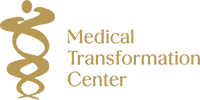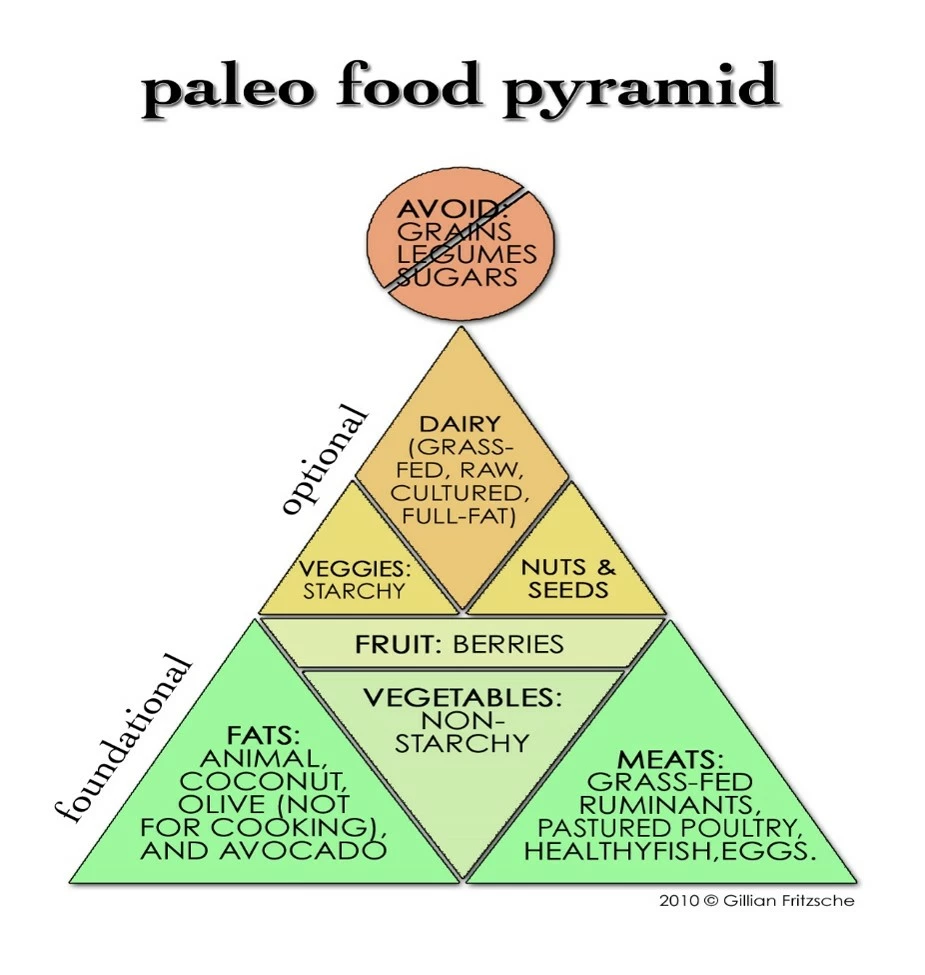With all of the buzz about Paleo Medicine, it’s hard not to be curious. However, as diet fads constantly come in and out of the public eye, it’s also difficult to put much effort into researching a new one. Despite this, Paleo Medicine appears here to stay (it’s been around since PALEO times, hence the name). Our bodies have evolved to thrive off of this diet. Only recently, in terms of human history, have people begun to deviate from this natural way of eating, causing many of the chronic illnesses experienced by the majority in the Western world.
So what exactly is wrong with the average American’s diet today? For starters, the quantity and quality of our nutrients are lacking. Secondly, we regularly consume toxins. Finally, several of the common ingredients in most diets trigger inflammation, oxidative stress and autoimmunity. The “standard American diet” or SAD also enlarges proportions. For those of us who remember twenty-five years ago, it is startling to realize how the sizes have slowly increased. The majority of items in the SAD diet, about sixty percent, are refined grains, oils, sugars and other processed foods. Most of these are highly dense in calories but low in nutrients. Ideally, one would eat food rich in both calories and nutrients. Organ meats adhere to this most closely, followed by muscle meats, vegetables, fruits, grains and, least of all, refined sugars. Over the past 30 years, there has been a shift in the type of food American’s buy at the market. As a percentage of total grocery spending, dollars spent on meats dropped from 31.3% to 21.5% in 2012. Meanwhile, processed items and sweets has sky-rocketed from 11.6% to 22.9% (Bureau of Labor Statistics).
Many following the SAD actually eat things that contain anti-nutrients, which bind to beneficial nutrients in the gut or compete for the same receptors, preventing the good guys from being absorbed. For instance, phytate, often found in fortified cereals and legumes, binds with calcium, zinc and iron, forming compounds that the human body cannot process. Another common offender is Calcium, included in dairy products and supplements for bone health, which blocks the absorption of iron. The form often added to enriched food is not optimal for the human body to fortify bones or serve any useful functions. In addition to anti-nutrients, toxic pesticides and herbicides regularly enter the non-organic food that we eat. This can have carcinogenic, hormone disrupting and organ damaging effects. Toxins not only seep into our foods through growth and handling practices, they also leach from the containers in which they are served or stored. All plastics contain bisphenols, also known as the “b” and “p” of BPA. Some foods can have toxic byproducts. Legumes, for example, sometimes contain phytates, lectins, protease inhibitors, phytoestrogens, saponins and FODMAPs. Coffee and black teas have negative effects too. GMO products were definitely not in existence during primal times. Furthermore, animal studies link them to diminished fertility and organ structural abnormalities.
What kind of results can one realistically expect with this seemingly daunting lifestyle change? Many report increased energy and a higher overall feeling of well-being. Pounds shed quickly, ameliorating other illnesses exacerbated by the effects of obesity. This effortless and healthy weight loss is due to the absence of calories from carbohydrates, decreased insulin levels, burning of stored fat, a decline in food cravings and moderate exercise. The food one does end up being able to eat is not only delicious, but has anti-inflammatory and anti-oxidant properties. What exactly can one eat? Hey, when times get hard and you’re really craving something, grab a bug from nearby and bite! That’s right, Paleo Medicine even has room for bug-lovers out there. Getting rid of unwanted toxins is a plus too. In addition to making you more healthy and radiant, this lifestyle can line your wallet. Health care costs are the primary driver of debt in this country. So, in closing, the basic tenets of the Paleo Medicine lifestyle are (from The Primal Blueprint):
- Eat lots of animals, insects and plants.
- Move around a lot at a slow pace.
- Lift heavy things.
- Run really fast every once in a while.
- Get lots of sleep.
- Play.
- Get some sunlight every day.
- Avoid trauma.
- Avoid poisonous things.
- Use your mind.
As always, please consult your physician before making any changes to your diet or exercise regimen.
ABOUT THE AUTHOR:
Dr. Paige is one of a select group of providers in the country to offer this revolutionary approach to medicine. Building upon the knowledge obtained from his over twenty years as a primary care physician, he offers a unique perspective in his new practice, the Medical Transformation Center. He has obtained a fellowship in Anti-aging, Regenerative and Functional medicine, which he completed with the American Academy of Anti-aging Medicine. He is board certified by the American Board of Anti-aging and Regenerative Medicine and has been board certified in Internal Medicine and Pediatrics. He is also an Assistant Clinical Professor of Internal Medicine at the University of Louisville.
DISCLAIMER
This article is for informational purposes only, and is educational in nature. Statements made here have not been evaluated by the FDA. This article is not intended to diagnose, treat, cure or prevent any disease. Please discuss with your own, qualified health care provider before adding in supplements or making any changes in your diet.





